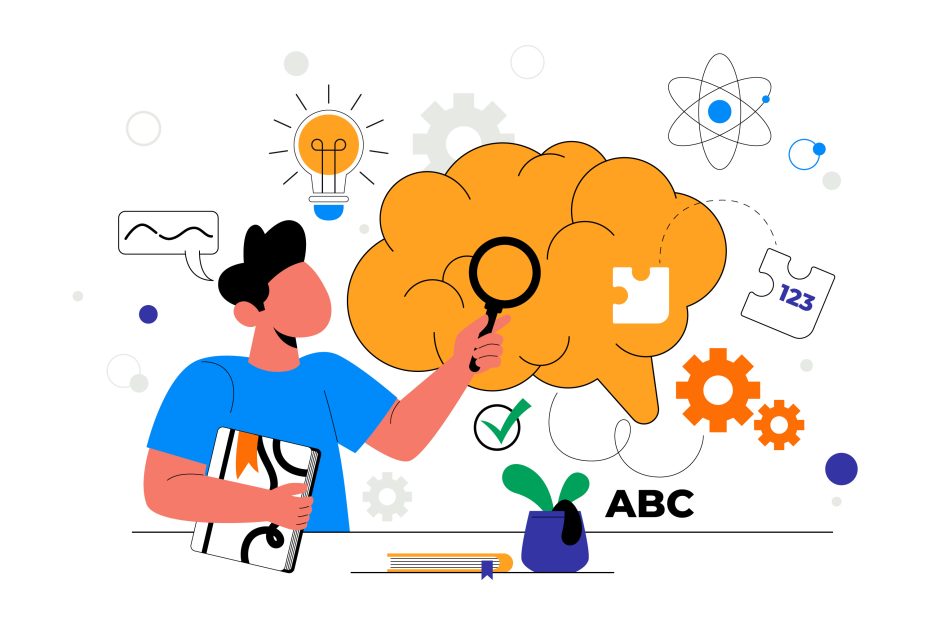As a teacher, you’re always on the lookout for ways to help your students achieve their best. You might have come across the term “neuroplasticity” in educational discussions, but what exactly does it mean, and why is it important for you? Let’s break it down in simple terms and explore why understanding neuroplasticity could be a game-changer in your classroom.
What is Neuroplasticity?
Neuroplasticity refers to the brain’s incredible ability to change and adapt throughout a person’s life. Picture your brain as a vast network of roads. Every time you learn something new or practise a skill, your brain builds a new road or strengthens an existing one, making it easier and quicker to travel that path in the future. This means that with the right strategies, students can actually “rewire” their brains to become better learners, regardless of where they start.
Why is Neuroplasticity Important for Teachers?
Understanding neuroplasticity opens up new possibilities for how you teach. It shows that every student, no matter their background or learning difficulties, has the potential to improve and grow. Instead of viewing a student’s abilities as fixed, you can see them as evolving, which is incredibly empowering.
By using teaching strategies that enhance neuroplasticity, you can help your students build stronger neural connections. This can lead to improved memory, problem-solving skills, and even more positive behaviours in the classroom. It’s not just about teaching content; it’s about teaching students how to learn more effectively and setting them up for lifelong success.
How Can You Implement Neuroplasticity in Your Teaching?
If you’re excited about the possibilities but unsure where to start, don’t worry—we’ve got you covered. Our resource, “Neuroplasticity in Teaching: A Guide for Teachers Strategies to Engage All Types of Students and Enable Greater Student Success and Positive Habits,” is designed specifically for educators like you. It offers practical, easy-to-implement strategies that align with the principles of neuroplasticity.
This guide includes step-by-step instructions, classroom activities, and tips on creating a brain-friendly learning environment. By following these strategies, you’ll be able to engage all types of students and help them build positive habits that last a lifetime.
Ready to take your teaching to the next level? Check out our resource here: Neuroplasticity in Teaching, and start transforming your classroom today!
Take a look at some more books on teaching and Neuroplasticity on Amazon.
